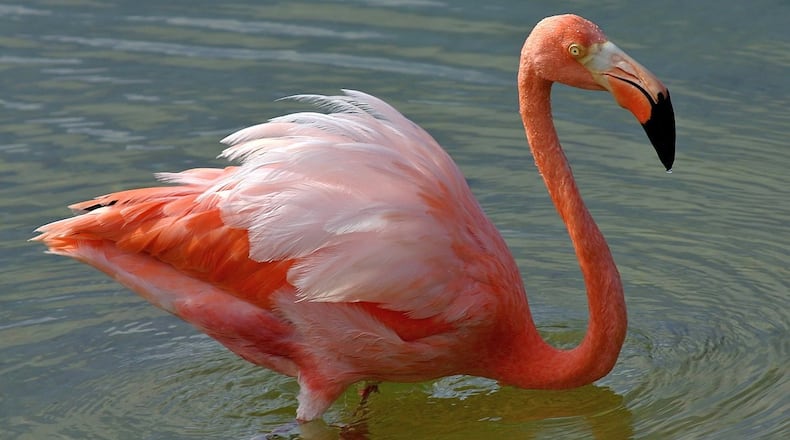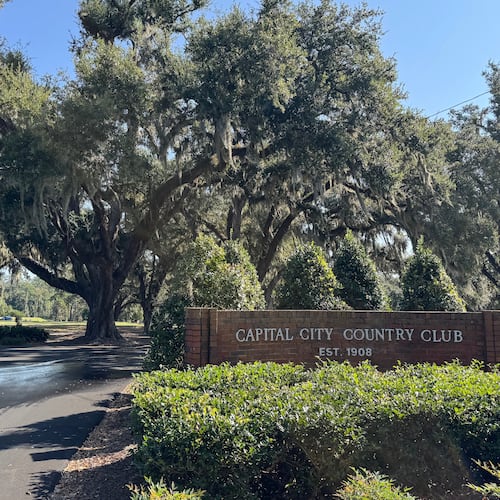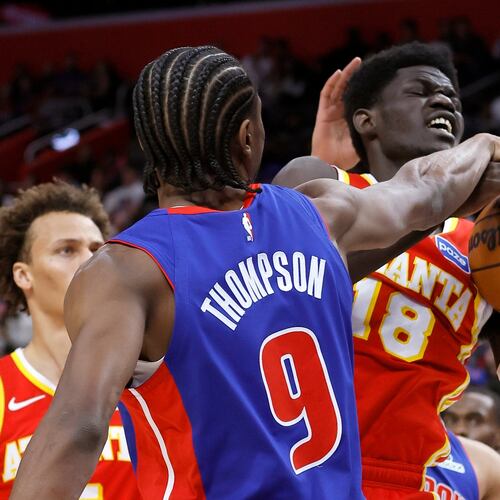You can see captive flamingos at Zoo Atlanta, but you wouldn’t expect to see wild flamingos in Georgia.
But four of the long-legged, bright pink, wading birds with distinctive beaks suddenly showed up last week in a brackish pond on Little St. Simons Island, a private eco-resort on the coast. A day earlier, another flamingo had been spotted at Port Wentworth near Savannah. (These are American flamingos; Zoo Atlanta’s birds are Chilean flamingos.)
American flamingos are native to the Caribbean Sea area and other tropical areas farther south. At first, Little St. Simons’ staff members thought the birds might have escaped from a zoo. Now, it’s believed that Hurricane Idalia’s strong winds last August pushed flamingos from the Caribbean to as far north as Wisconsin. Their first-ever appearance in that state last September thrilled birders and made headlines.
But flamingos had never been reported in Georgia — until last week. “It’s something I didn’t expect to see,” said Scott Coleman, Little St. Simons’ ecological manager.
A chance to see wild flamingos in the Peach State prompted several birders to make hasty, unscheduled trips to Little St. Simons. “Maybe (the flamingos) were just waiting to make a special appearance,” said birder Georgann Schmalz of Dawsonville, who made the trip with her husband, Jim Buckley.
The flamingo is an iconic bird, often depicted as a symbol of tropical climes. Many homeowners decorate their front yards with plastic models of the bird. The name flamingo comes from the Portuguese or Spanish word for “flame-colored.” A group of flamingos is called a “flamboyance.”
Flamingos feed in salty and brackish lagoons and ponds by straining water through their unique bills and swallowing the tiny invertebrate creatures trapped inside.
In 2011, another vivid pink wading bird started showing up on Georgia’s coast — the roseate spoonbill, whose weird bill resembles a salad spoon. Spoonbills are smaller than flamingos, but many folks get the two species mixed up. Spoonbills are now regularly seen on the coast; perhaps the flamingos will stick around, too.
IN THE SKY: From David Dundee, Tellus Science Museum astronomer: The moon will be first quarter on Friday. Mars, Jupiter and Mercury are in the east just before sunrise. Saturn rises in the east about three hours before sunrise.
Charles Seabrook can be reached at charles.seabrook@yahoo.com.
About the Author
Keep Reading
The Latest
Featured



